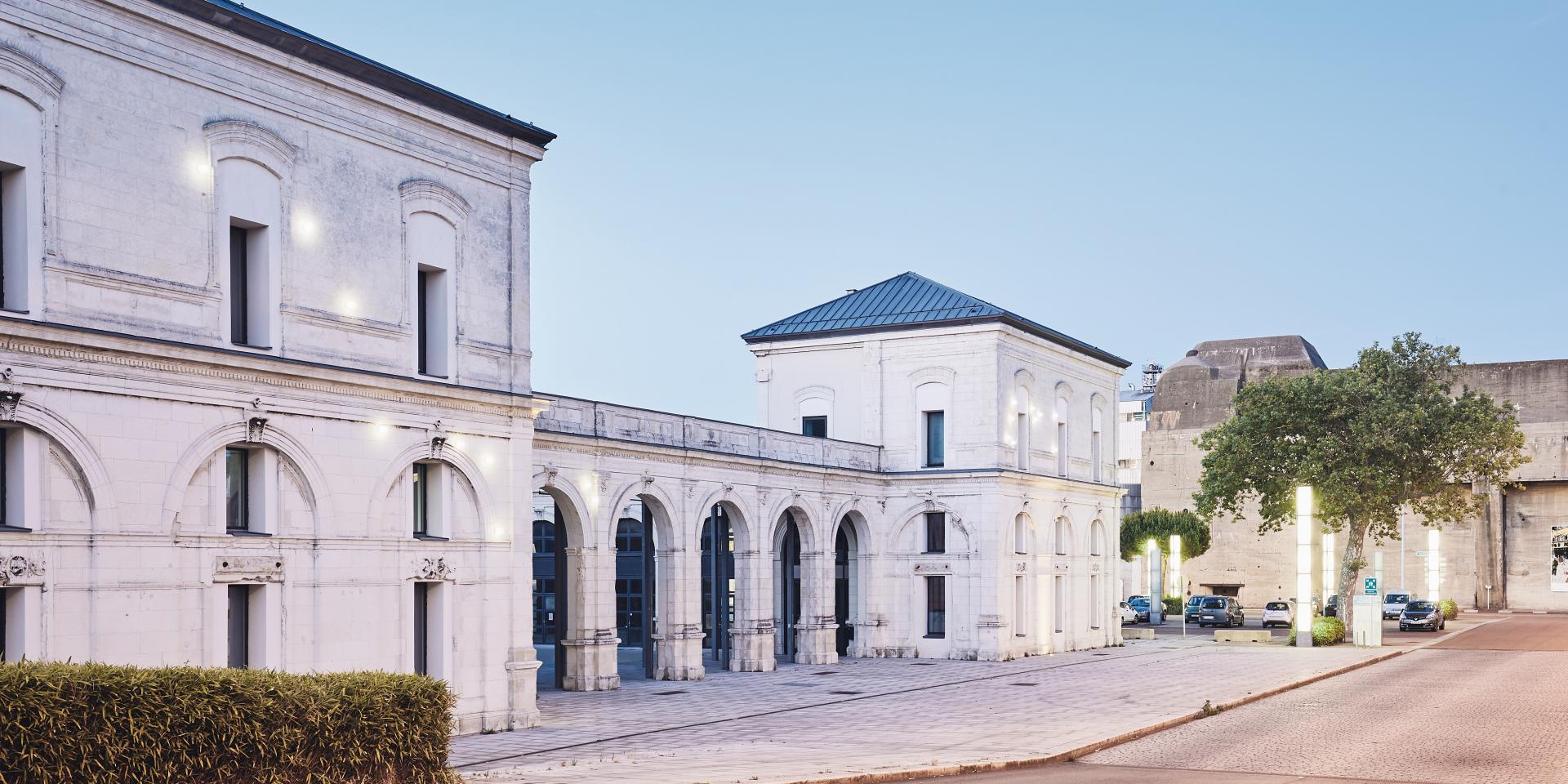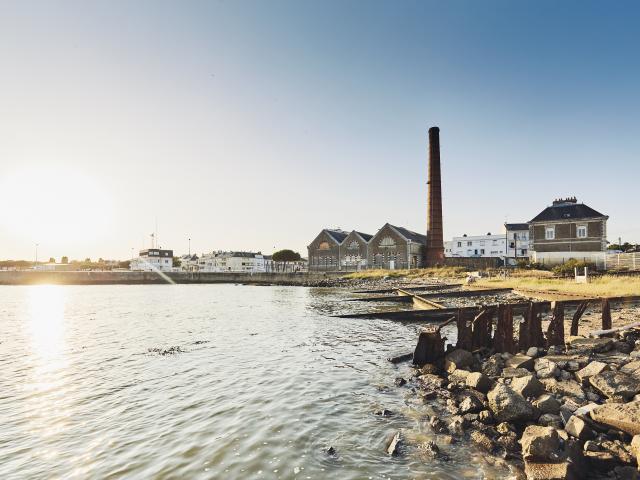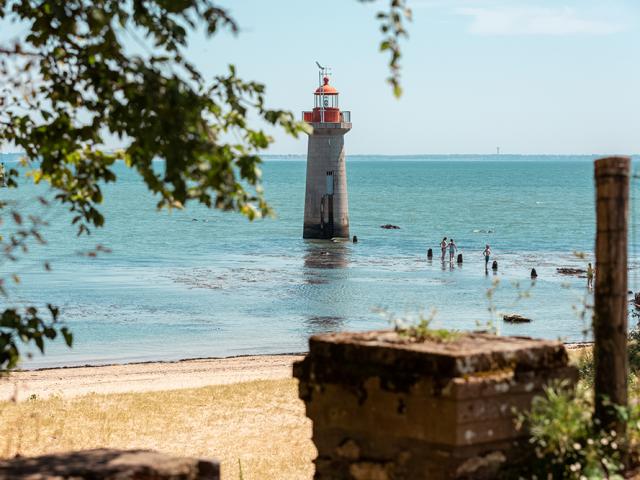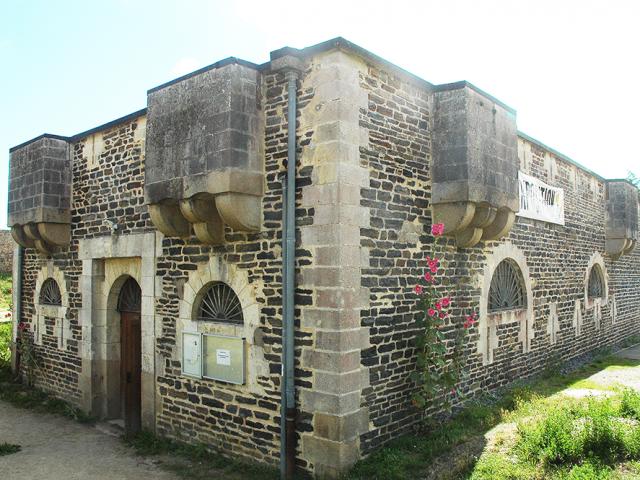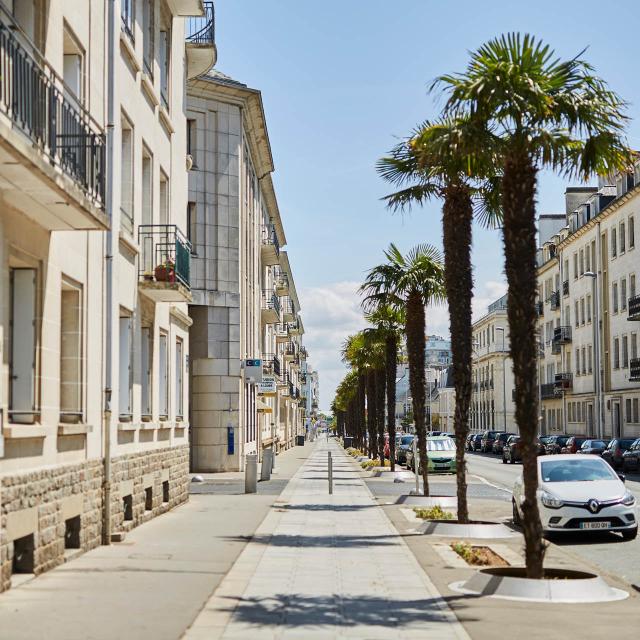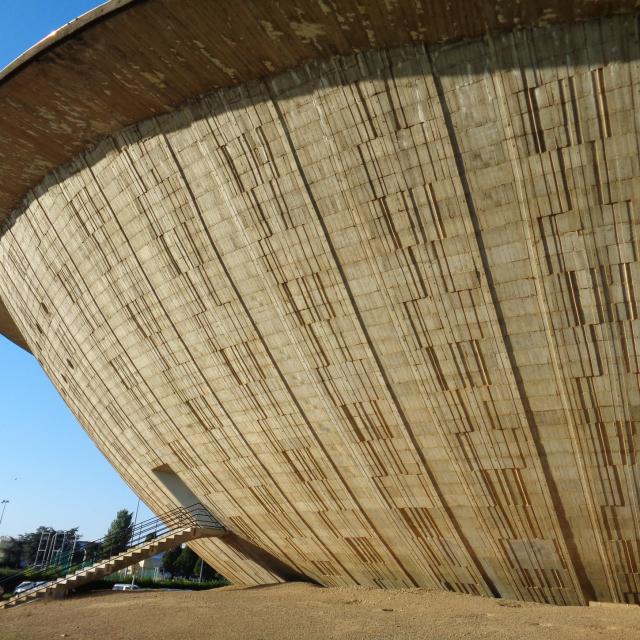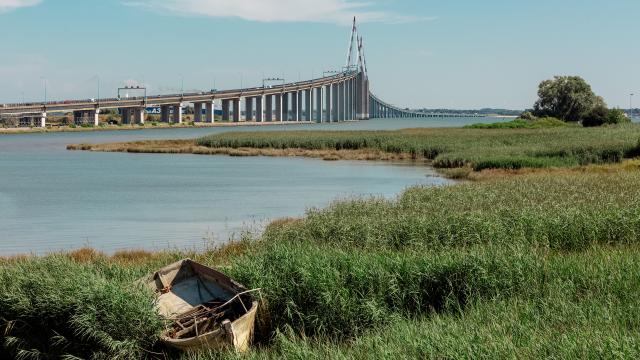Countless megaliths and archaeological remains prove that there have been settlements around Saint-Nazaire for many centuries. Around 6,000 years ago, early man settled here and erected stone buildings. The vast burial site of Dissignac Tumulus and the Trois Pierres standing stones in the town centre demonstrate a certain social organisation and spirituality in these early inhabitants of the Guérande Peninsula.
Click here to discover the Dissignac Tumulus.
